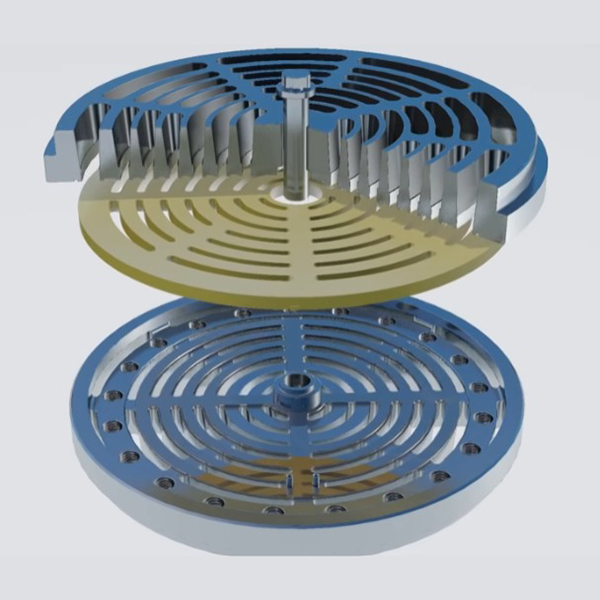Compressor Peek Valve
- Longer service life
- Reduced energy loss
- Lower noise level
- Better wear characteristics
- Surface matching
- Elasticity
- Chemical resistance
- Water absorption
PEEK valve seats are ideal for applications that require continuous operation under high-temperature and high-pressure conditions. PEEK has led to improved efficiency, improved durability, reduced maintenance costs, and reduced machine down time.
PEEK materials are the second most common type of material for reciprocating compressor piston, rider and packing rings (after PTFE).
PEEK may also be specified for valve components in high-temperature environments.
Chemical Resistance: PEEK is resistant to a wide range of chemicals, including hydrocarbons, acids, and bases, which makes it ideal for use in environments where it may be exposed to aggressive substances.
Mechanical Strength: PEEK has high tensile strength and rigidity, ensuring durability and reliability in demanding conditions.
Low Wear and Friction: The material has excellent wear resistance and a low coefficient of friction, which contributes to the longevity and efficiency of the valve.
These valves can be found in both the suction (inlet) and discharge (outlet) ports of the compressor, where they play a critical role in regulating the intake and output of gas.
Advantages of PEEK Valves
Durability: Due to their high mechanical strength and resistance to wear, PEEK valves have a long service life, even in demanding applications.
Efficiency: The low friction properties of PEEK help to minimize energy losses and improve the overall efficiency of the compressor.
Reliability: PEEK's resistance to chemical attack and high temperatures ensures that the valves maintain their integrity and performance over time, reducing the need for frequent maintenance and replacements.
Versatility: These valves are suitable for a wide range of gases and operating conditions, making them versatile components in various industrial applications.
While PEEK valves are highly durable and reliable, they still require regular inspection and maintenance to ensure optimal performance. Factors such as operating conditions, the type of gas being compressed, and the specific application will influence the maintenance schedule and procedures. It’s important to follow the manufacturer’s recommendations for maintenance and replacement to avoid unexpected failures and downtime.
In summary, compressor PEEK valves are high-performance components made from Polyether Ether Ketone, offering excellent temperature resistance, chemical resistance, mechanical strength, and low friction. These characteristics make them ideal for demanding applications in various industries, ensuring reliable and efficient compressor operation.











